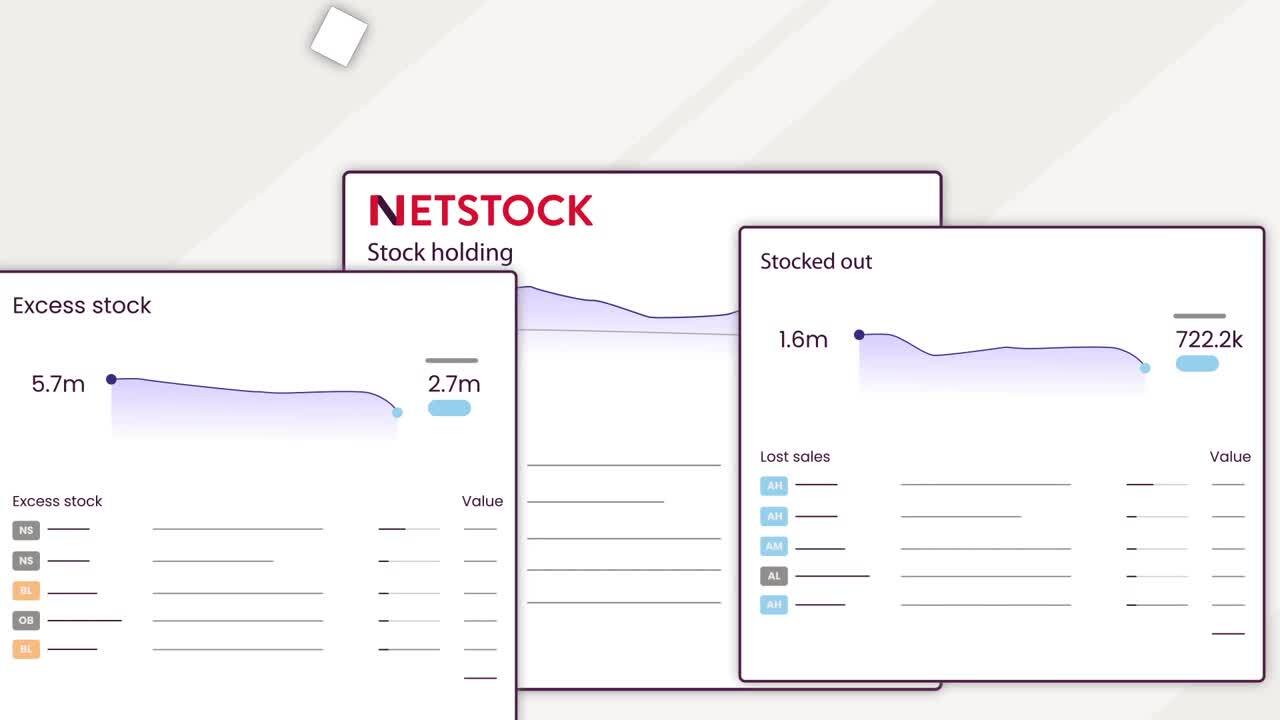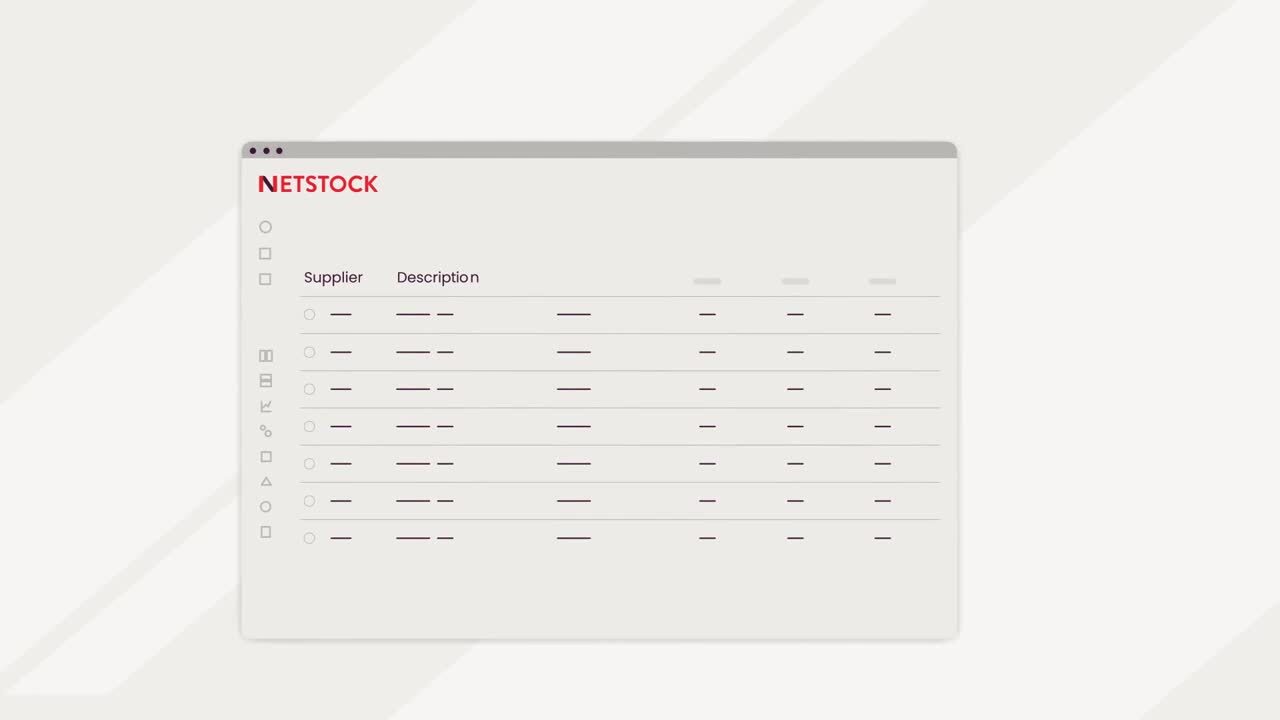What’s in this blog?
Managing inventory can feel like navigating a financial rollercoaster. As the price of materials, packaging, and transportation continue to ride the wave of inflation, those managing inventory also face financial hurdles. Another aspect that increases inventory holding costs is excess stock yet to be sold, further tightening financial constraints and making it more expensive to retain surplus goods. So, how do you keep inventory holding costs to a minimum?
This article explains inventory holding costs, why businesses should control them, and how to reduce them effectively.
Table of contents:
- What are inventory holding costs?
- Why do businesses need to manage inventory holding costs
- Inventory holding cost equation
- Top reasons for high inventory holding costs
- 8 Practical steps to reduce inventory holding costs
- How technology can help manage inventory holding costs
- Conclusion: navigating inventory holding costs
1 What are inventory holding costs?
Inventory holding or carrying costs are all the costs associated with storing and maintaining the unsold inventory. These costs typically include warehouse costs, monthly insurance, and taxes. Inventory holding costs usually range between 20-30% of the total inventory value, varying based on business size and industry.
Is Inventory an asset or a liability?
Listen to what Barry Kukkuk and Mike Ryan have to say.
2 Why do businesses need to manage inventory holding costs
Do you know the real cost of the inventory sitting in your warehouses? Managing inventory holding costs is essential for businesses to optimize their financial resources, avoid the risk of obsolete stock, save on storage space, and streamline supply chain operations. Understanding these extra costs will improve inventory planning and identify cost-saving opportunities.
Here are additional inventory holdings costs that you need to factor into your planning:
- Cost of capital: investment costs, working capital needs, and financing costs all add up to the total cost of keeping inventory
- Cost of transportation: to get merchandise to your warehouse
- Cost of storage space: to store the inventory such as rent, utilities, property tax, and insurance
- Cost of labor and security
- Cost of equipment: such as conveyor belts, trolleys, forklifts and pallet jacks
- Cost of loss via expiration: deterioration and breakage
- Cost of loss via obsolescence
- Cost of safety equipment, such as fire suppressant equipment
- Cost of lost opportunities: cash tied up in slow-moving and unsold inventory
Reducing inventory costs also involves negotiating with your suppliers for better prices. However, many businesses still end up with excess stock, and the longer inventory sits unsold, it increases costs and decreases margins.
Netstock co-founder and CTO, Barry Kukkuk discusses the cost of holding excess inventory.
3 Inventory holding cost equation
Knowing the cost of holding your inventory is essential. It will help determine whether it aligns with your business goals or should be reduced. Remember that holding costs may differ among various businesses and industries.
inventory holding cost = total inventory costs / total inventory value x 100
The simplest way to calculate inventory holding costs is by…
Adding up all your inventory holding costs,
Dividing by the total value of your inventory and then
Times that number to achieve the % for your business.
How much is an average inventory holding cost?
Let’s look at a practical example:
TechCraft Innovations is a manufacturing company specializing in state-of-the-art electronic gadgets. They decide to investigate their annual inventory holding costs for their finished products, paying special attention to the slower-moving items.A breakdown of their inventory-related expenses:
- Production overhead: $60,000 covering the costs of maintaining and operating the manufacturing facility
- Labor costs: this is integrated into the production facility overhead
- Opportunity Costs for tech advancements: $8,000 reflecting missed opportunities for incorporating the latest technological trends
- Quality assurance costs: $5,000 allocated for rigorous testing to maintain the quality standards of their gadgets
- Seasonal demand fluctuation reserve: $3,500 set aside for potential losses due to fluctuations in seasonal demand
Summing up these costs, TechCraft Innovations arrives at a total inventory cost of $76,500. The calculation of their total inventory value amounts to $350,000.
Utilizing the inventory holding cost formula, they determine that their carrying costs represent approximately 21.86% of their total inventory value, falling within the recommended 20-30% range.
4 Top reasons for high inventory holding costs
- Obsolescence risk: high inventory holding costs often result from the risk of products becoming obsolete. Goods that go unsold for extended periods can lose value or relevance in the market. Identifying your obsolete stock and stocked items is essential to combat obsolescence. Once you’ve identified your stocked items, you can further classify your inventory.
- Seasonality of products: products with fluctuating demand based on seasons can lead to overstocking during peak periods and underutilized inventory during off-seasons. Balancing inventory levels with an inventory management solution will align seasonal demand patterns, help minimize holding costs, and optimize resources throughout the year.
- Ordering too much safety stock ties up capital: occupies valuable storage space, and increases the risk of obsolescence. Striking a balance between your forecast and supplier risk is essential to avoid the pitfalls of ordering excessive safety stock.
- Poor forecasting and planning processes: can result in overstocking or understocking, which can increase holding costs. Accurate demand forecasting is critical to optimizing inventory levels.
- Supply chain disruptions: delays in supplier lead times or unexpected changes in demand can lead to excess inventory, contributing to higher holding costs.
5 8 Practical steps to reduce inventory holding costs
Avoid minimum order quantities from suppliers
This is a supplier’s way to offload stock onto their retailers and wholesalers, reducing their costs while increasing yours. If there is no way to avoid this, see if you can form alliances with other businesses that require the same stock as you. Splitting the orders can go a long way to reducing your inventory costs. Alternatively, you could offer a forecast of future orders as a commitment to your supplier, who may agree to allow smaller quantities.
Know your reorder point
There is a fine line between ordering too much (risking obsolescence) and ordering too little (risking stock-outs). Once you have historical data, finding optimal item reorder points should be less of a gut instinct and more about data-driven insights.
Organize your warehouse
To ensure staff efficiency when it comes to picking stock, you need a warehouse that runs effectively. For example, place your fast-moving items in the front of your warehouse. This optimizes your pick, pack, and ship process.
Remove obsolete stock
Keeping stock that isn’t selling probably costs more than what you paid for the items in the first place. Instead, try a promotional campaign, creating a special offer, or bundling the product with a fast-moving item. However, do not record this as a ‘normal’ sale that will trigger the reorder cycle. Donate the items or write them off if none of these suggestions work.
Order your inventory “Just in Time [JIT]”
“JIT ordering” doesn’t suit all businesses. It’s a process that requires you to have a strong relationship with your suppliers and a good relationship with a reliable transport company. If JIT ordering doesn’t work for you, you’ll want to examine your demand planning process to make sure it’s helping you run an optimized warehouse.
Use consignment inventory
You could offload consignment stock to your retailers in a wholesale situation and utilize their shelf space instead of your warehouse space. The only downside is that your retailer won’t pay for this upfront, so compare the cost of your floor space to the cost of managing consignment levels.
Reduce supplier lead times
The shorter is better when it comes to lead times because it allows you to keep less safety stock and helps you cut down on excess stock. Shorter lead times can reduce the size of your warehouse and your inventory value overall.
Monitor Key Performance Indicators [KPIs]
To understand your business, utilize measurements that provide visibility into your inventory. For example, you can discover how healthy your warehouse is by measuring KPIs and monitoring your inventory turnover, cycle times, and fill rates. Then, compare your numbers with industry averages to assess how well you manage your business and warehouse. These insights will assist you in reducing your inventory and other related costs.
6 How technology can help manage inventory holding costs
You can only manage your inventory costs if you can measure your inventory. The only way to measure your inventory is to have an automated and integrated inventory management solution. You can manage your inventory levels by implementing smarter, better inventory policies that cut costs. Too many businesses hurt their profits by using outdated tools and management tactics to run their warehouses.
Here are a few benefits of how an inventory management solution like Netstock can help better manage inventory holding costs:
Accurate demand forecasting
Improved demand forecasting enables more accurate demand forecasting through data analytics and machine learning algorithms. By leveraging historical data and market trends, businesses can reduce the risk of overstocking or understocking, optimizing inventory levels and holding costs.
Learn more about Netstock’s powerful forecasting engine.
Real-time inventory visibility
Advanced inventory management systems provide real-time visibility into stock levels, location, and movement. This visibility allows for proactive decision-making, preventing stock-outs or excess inventory situations that could contribute to higher holding costs.
See how Netstock’s dashboard helps you focus on what’s important.
Automation
Automated processes such as order replenishment, stock classification, and safety stock allocation reduce the likelihood of human errors, improving overall operational efficiency and minimizing holding costs associated with mistakes.
With Netstock, the ideal order is a simple click away.
Dashboard to analyze costs
An inventory management solution like Netstock offers an executive dashboard to provide executive teams with a high-level performance overview of inventory and ordering and overall sales. With this visibility, you can closely monitor what’s impacting your costs.
See Netstock’s Executive Dashboard in action.
7 Conclusion: navigating inventory holding costs
Managing inventory holding costs is pivotal to achieve a leaner and more profitable future.
To embark on the path of optimization, consider these practical steps:
- Regularly assess and adjust order quantities;
- Implement best inventory practices and
- Leverage technology solutions for real-time insights.
Remember, investing in technology not only simplifies inventory management but also uncovers smart, data-driven strategies to help reduce costly inefficiencies.










